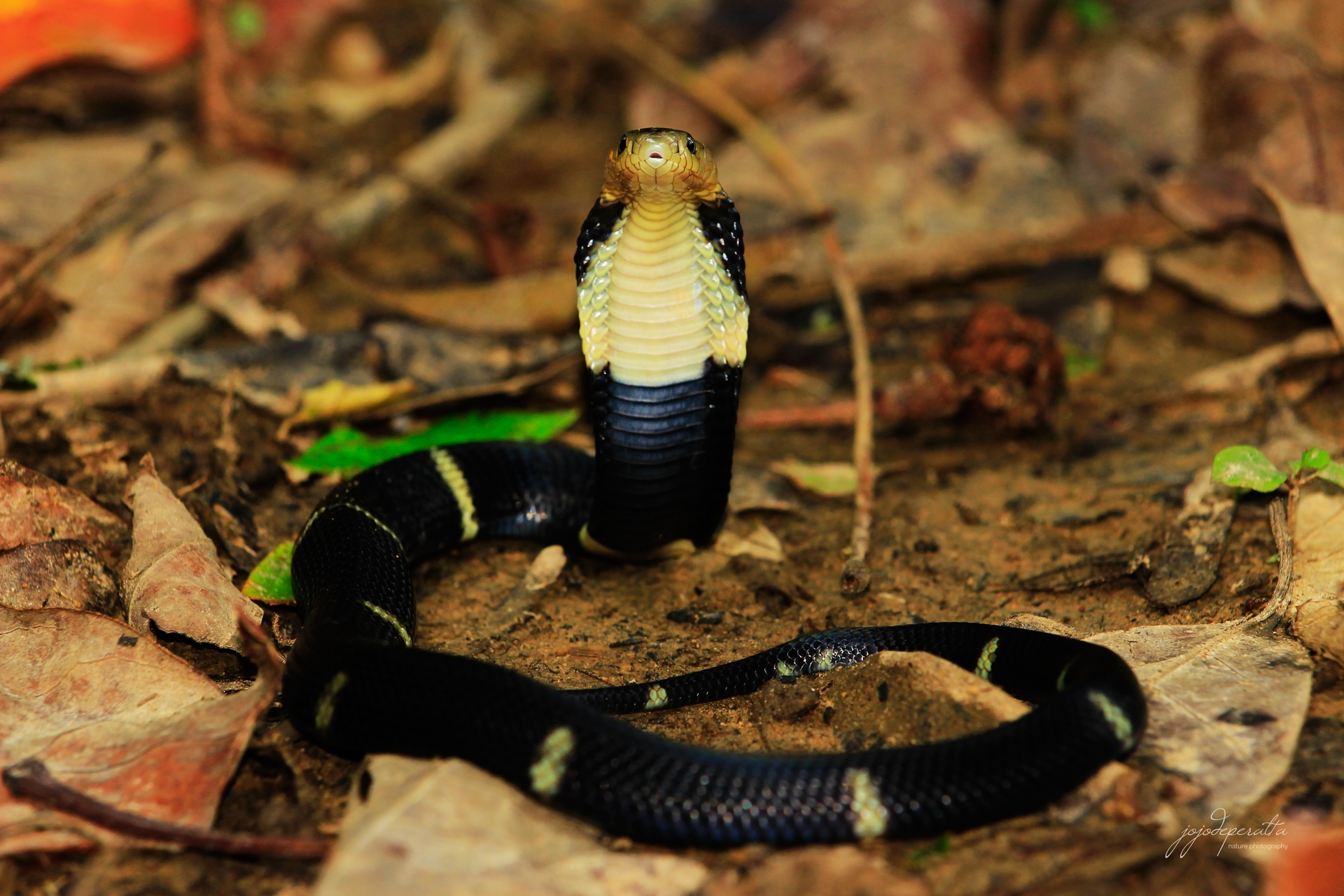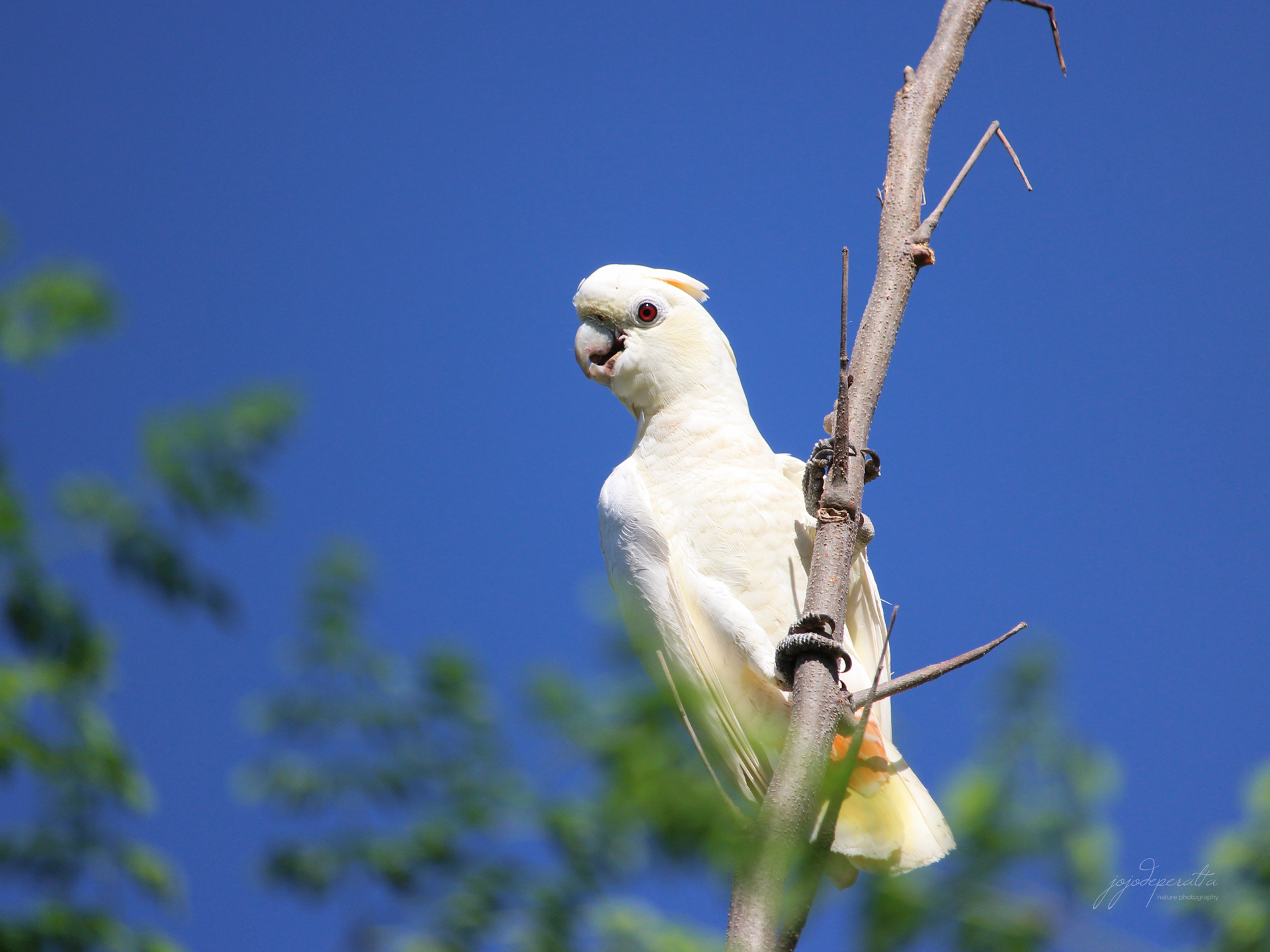New Conlephasma Stick Insect discovered in Palawan
The genus Conlephasma
was born and rose to fame when a unique stick insect discovered at
Mount Halcon in the island of Mindoro was distinguished as new to
science and allocated a new genus. The genus was named after Oskar
Conle, an entomologist who discovered the unique stick insect known
today as Conlephasma enigma. It is a species of colorful wingless
phasmid believed to be ground dwelling and has the ability to release a
potent defensive spray from glands located behind its head to deter
predators. This unique phasmid species was officially described by Marco
Gottardo and Philipp Heller in 2012.
Many were awed when this unusual finding was released to the public. Many new species of insects from remote locations are described every year, but it’s an unusual case when a genus and a single species was described at the same time. It has drawn massive public attentions, not just in the Philippines, but also from other countries. Some journalists in the country claimed that the Conlephasma enigma is a spectacular stick insect so unique that it does not have any resemblance to any other stick insects around the world and some biologists affirmed that the C. enigma is the only existing stick insect of its kind in the country. Well, Palawan proved them wrong. A new phasmid was found on one of the highest mountain peak in Palawan. Another spectacular, colorful, wingless stick insect. A new phasmid species belonging to the genus Conlephasma.
This
species was found in the mossy forest on a hike with two American
biologists I was guiding. I have seen enough stick insects in more than
19 years of mountaineering, but this odd creature creeping on a mossy
branch was unlike anything I have seen. The dark
greenish-blue thorax and abdomen are banded with yellow and red. The
femur and tibia are also dark greenish-blue in color, but the tarsus is
dark-red. Its head is the same color as the body, but the eyes and the
antennae which are almost two thirds of its body length are dark-red. All
wingless stick insects I have seen have spikes, this one though is
smooth. All flightless phasmid I know hides from predators during the
day and feeds at night. However, this one was found in the open in the
middle of a sunny morning, creeping unconcerned on low vegetation
growing in the heart of one of Palawan’s most predator-rich mountain
ranges.
None of us on that hike was an expert in phasmids and no one could tell which branch of Phasmatodea this colorful creature belongs to. I was so intrigued that I posted it on Facebook and asked my friends' opinions. Months after that expedition, I met and guided Albert Kang, a known phasmid enthusiast and we talked about it. It was only then that I got a clear idea what kind of stick insect it was. A new undescribed species of the genus Conlephasma.
Mindoro
has one of the country’s top ecosystems. Its amazing biodiversity can
hold its place against most diverse islands in the Philippines and the
discovery of a new genus proved it. Mindoro has also unique flora and
fauna, but I believe that Palawan was not dubbed as the country’s last
biodiversity frontier for nothing. It may be that the next discovery of
the year is just lurking there somewhere between our rolling foothills
and the cloud-covered mountain peaks. It is hiding and blending among
the vast jungle of greens as it has been from generations and
generations that passed; waiting to be found, waiting to be
discovered.
Many were awed when this unusual finding was released to the public. Many new species of insects from remote locations are described every year, but it’s an unusual case when a genus and a single species was described at the same time. It has drawn massive public attentions, not just in the Philippines, but also from other countries. Some journalists in the country claimed that the Conlephasma enigma is a spectacular stick insect so unique that it does not have any resemblance to any other stick insects around the world and some biologists affirmed that the C. enigma is the only existing stick insect of its kind in the country. Well, Palawan proved them wrong. A new phasmid was found on one of the highest mountain peak in Palawan. Another spectacular, colorful, wingless stick insect. A new phasmid species belonging to the genus Conlephasma.
None of us on that hike was an expert in phasmids and no one could tell which branch of Phasmatodea this colorful creature belongs to. I was so intrigued that I posted it on Facebook and asked my friends' opinions. Months after that expedition, I met and guided Albert Kang, a known phasmid enthusiast and we talked about it. It was only then that I got a clear idea what kind of stick insect it was. A new undescribed species of the genus Conlephasma.
 |
| Conlephasma habitat in Palawan |











